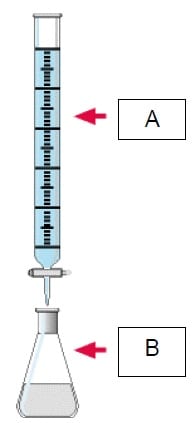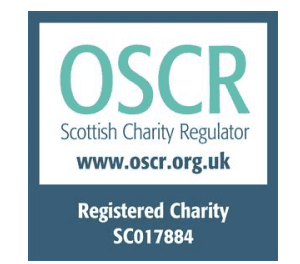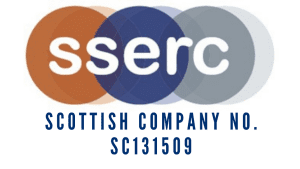The chemistry in this course is not the most exciting but it is nevertheless important.
At present, it falls into two sections:
Weighing and measuring – strictly speaking this is a cross-disciplinary skill but the carious activities described all revolve around the preparation and making up of solutions.
Titration – while this is a rarely used technique in analytical chemistry these days, it still serves to show the important principles and is a useful skill to be mastered.
Candidates are required to demonstrate by two practical activities that they are able to:
- select, set up and accurately use an appropriate instrument to measure volume
- select, set up and accurately use an appropriate instrument to measure mass
The document here gives an introduction to the selection and use of equipment for weighing and measuring (as described above) and also touched on meking up solutions. Weighing and Measuring – intro More information on this can be found under the Weighing and measuring tab. You can also download a powerpoint with the same information in a different format.Weighing and measuring powerpoint
A straightforward practical exercise on this can be found here. Weighing and measuring practical
For the chemical preparation activity, candidates will be required to demonstrate that they are able to:
- prepare a chemical solution according to a standard protocol
- demonstrate safe working practices in preparing a chemical solution
The SQA support materials give examples of the following skills in making up solutions:
- Make up a % m/v solution
- Make up a % v/v solution
- Make up a solution by molarity (mol l-1)
- Use ratios to mix solutions
- Dilute acid solutions*
- Calculating density
For most students the hardest part of this will be the working out of how much solid and/or liquid they need to measure out. The more practice they have, the easier it will become.
This document gives details of the different types of solutions mentioned above and example calculations. Preparing solutions
A fun way of putting together some weighing and measuring activities can be found here (Measure for Measure). It will need a small amount of tweaking to use with your students as it was developed for an Evening activity in SSERC and you end up with a Moscow Mule cocktail (or at least a version of one). There is no reason, however, why a non-alcoholic version could not be done with students.
NB Remember that if anything is going to be eaten or drunk, it should not be prepared in a chemistry lab or use laboratory glassware – we use some cheap polythene measuring cylinders and plastic drinking cups.
What is a titration?
A titration is used when one solution of a known concentration is used to determine the concentration of an unknown solution.
The most common type, and that required for this course, is an acid/base titration.
When an acid is added to a base, a salt and water are produced.
During a titration, a measured volume of a solution, for example an base, is placed in a flask and acid is added gradually from a burette (which has a scale marked on the side) until all the base has been neutralised, leaving just the salt and water. When the reaction is complete, the volume of acid added can be read off the scale on the burette.
It is usually the acid that is placed in the burette as many bases can react (albeit slowly) with the glass of the burette and clog it up.
An indicator, which will change colour, is used to determine when the reaction is complete or, what is called the endpoint, is reached.
Sometimes a pH meter can be used to determine the endpoint instead of an indicator.
 How to set up the equipment for a titration
How to set up the equipment for a titration
A titration is an analytical technique and so, to get meaningful results, there is a standard procedure which is followed.
The following pieces of apparatus/solutions are used:
- a burette (A)
- a pipette
- a filter funnel
- a conical flask (B)
- distilled water
- indicator or pH meter
Detailed instructions about how to prepare, set up and carry out a titration can be found here – Titration Instructions
I have included techniques for rinsing and preparing burettes and pipettes that are not normally used in school titration work. It is up to you to decide whether or not your pupils should take such a detailed approach.
The instructions are based around the titration we carry out as part of the course we run at SSERC and involves the titration of 0.4 mol l-1 sodium hydroxide with 0.5 mol l-1 sulphuric acid.



